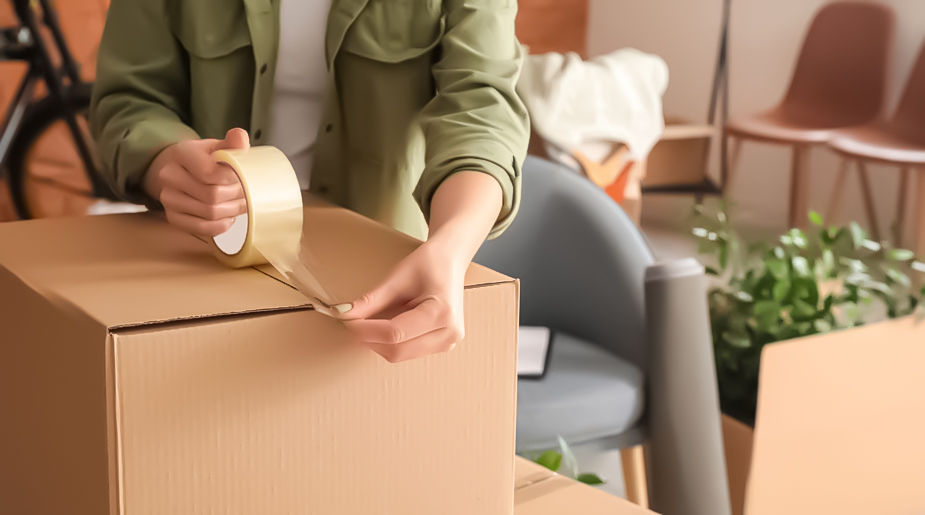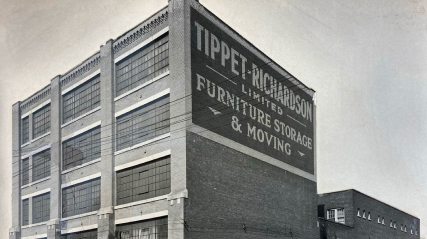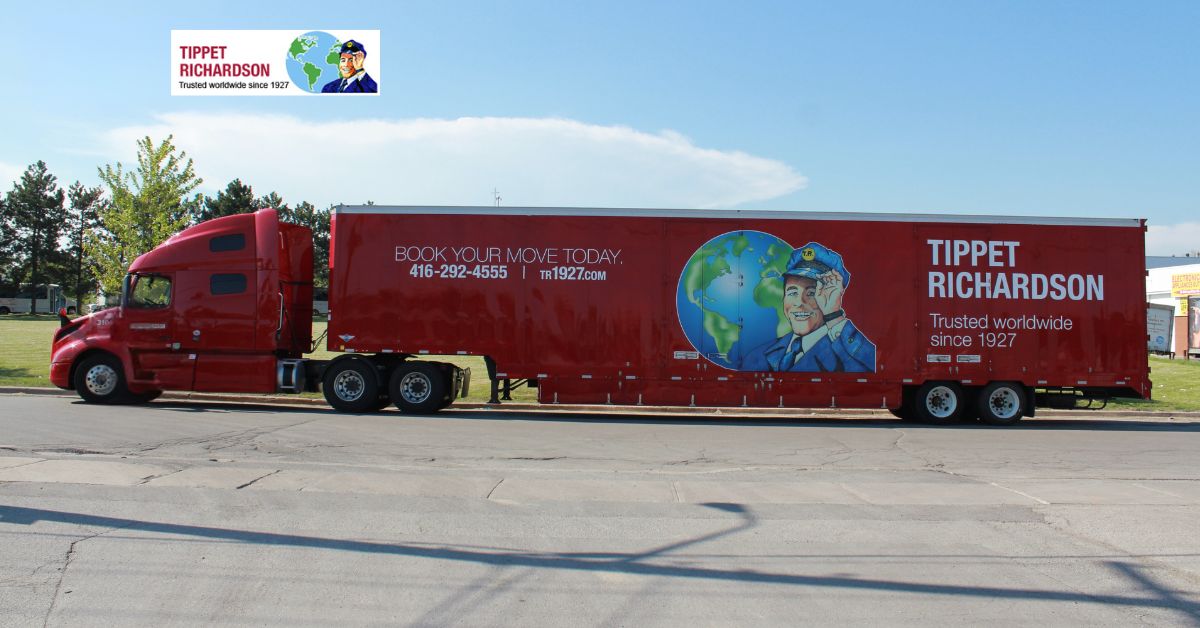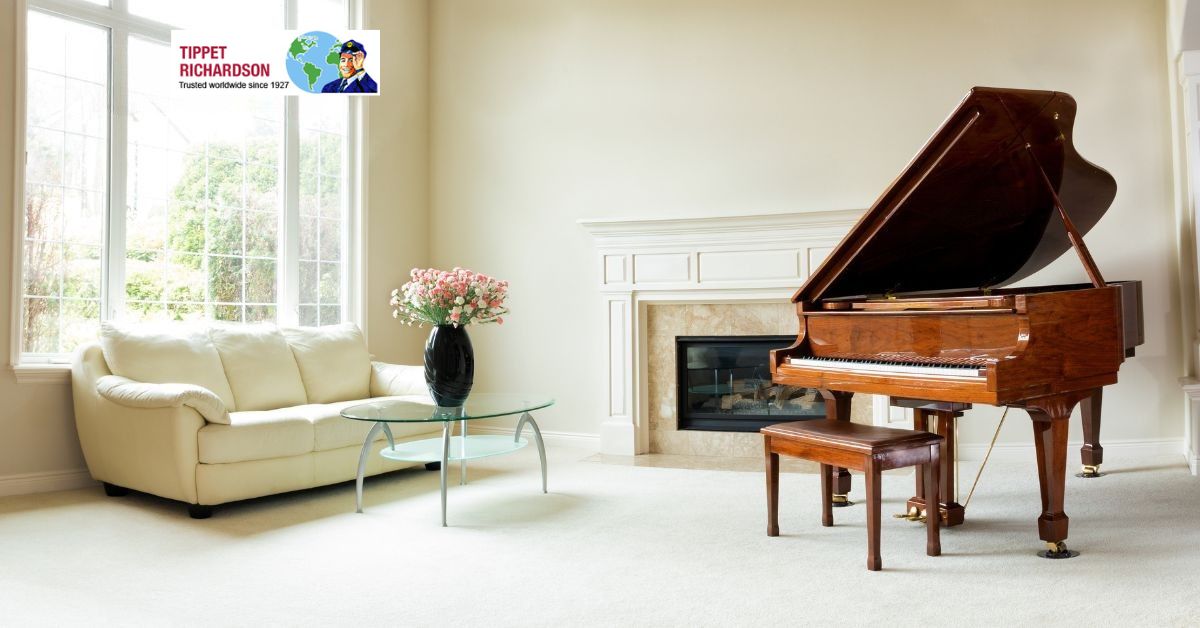Moving to a new home is a significant event that requires careful planning, and one of the most time-consuming aspects of the process is packing. To ensure a smooth and efficient move, having a room-by-room packing strategy is essential. We have provided professional tips and techniques to help you pack your belongings. Whether you’re moving locally or across the country, these packing tips will help make your relocation stress-free and organized.
1. General Packing Tips
Before diving into the specifics for each room, it’s crucial to understand some general packing tips that will apply throughout the house:
- Start Early: Begin packing at least 4-6 weeks before your move. Start with items you use less frequently and gradually work towards everyday essentials.
- Declutter First: Before packing, declutter each room to get rid of things you no longer need. Donate, sell, or recycle items that won’t be going with you.
- Use Quality Packing Supplies: Invest in sturdy boxes, packing tape, bubble wrap, and markers. Quality supplies will protect your items and make packing more efficient.
- Label Everything: Clearly label each box with its contents and the room it belongs to. Consider adding a “Fragile” label to boxes with delicate items.
- Pack a Moving Essentials Box: Include items you’ll need on moving day and the first night in your new home, such as toiletries, medications, phone chargers, snacks, and a change of clothes.
Now, let’s break down the packing process room by room.
2. Kitchen
The kitchen is often the most challenging room to pack due to its variety of items, from delicate glassware to heavy appliances. Follow these steps to pack your kitchen efficiently:
- Sort and Purge: Start by sorting through your pantry and refrigerator. Use up perishable foods and donate non-perishables you won’t be taking.
- Pack Small Appliances: Wrap small appliances like blenders and toasters in bubble wrap and pack them in their original boxes if possible. If you don’t have the original boxes, use a box that fits snugly and fill gaps with packing paper.
- Protect Glassware: Use bubble wrap or packing paper to individually wrap glasses, mugs, and fragile items. Place them upright in sturdy boxes with extra cushioning at the bottom.
- Disassemble Large Appliances: If you’re moving large appliances like a refrigerator or dishwasher, follow the manufacturer’s guidelines for disassembly and preparation. Tape down any loose parts and secure cords.
- Label Sharp Objects: Wrap knives in protective sheaths or towels and label the box “Sharp Objects” to ensure safety during unpacking.
3. Living Room
The living room often contains a mix of electronics, furniture, and décor. Follow these tips to pack your living room items securely:
- Organize Electronics: Take photos of the cable setups for your TV, stereo, and gaming consoles before unplugging them. Wrap each component in bubble wrap, and place cables in a labeled bag.
- Protect Furniture: Disassemble furniture like coffee tables and bookshelves to make them easier to transport. Wrap each piece in furniture blankets or moving pads to avoid scratches.
- Pack Wall Art and Mirrors: Use painter’s tape to create an “X” on the glass surface of mirrors and framed art to prevent shattering. Wrap each piece in bubble wrap and place it in a mirror box or custom-sized container.
Roll Rugs Properly: Clean and roll area rugs tightly, securing them with packing tape. Avoid folding rugs to prevent creases or damage.
4. Bedroom
Bedrooms can be packed efficiently with a little organization. Focus on protecting delicate items and keeping your essentials accessible:
- Pack Seasonal Clothes First: Start by packing out-of-season clothes. Use wardrobe boxes for hanging clothes to keep them wrinkle-free.
- Protect Bedding: Pack bed linens and pillows in large plastic bags or boxes. Keep an overnight bag with essentials like a blanket and a pillow for your first night in the new home.
- Disassemble Bed Frames: If possible, disassemble your bed frames to make transportation easier. Keep screws and small parts in a labeled bag and tape it to the bed frame.
- Secure Jewelry and Valuables: Use a jewelry organizer or small pouches to keep your valuable items safe. Consider carrying these items with you personally during the move.
5. Bathroom
The bathroom is usually one of the last rooms to pack. Make sure to prioritize your everyday essentials and handle liquids with care:
- Pack Toiletries Separately: Place your everyday toiletries in a clear plastic bag for easy access. Avoid packing liquids in boxes to prevent leaks; instead, put them in sealable plastic bags.
- Dispose of Expired Products: Throw away expired medications, beauty products, and cleaning supplies before the move.
- Organize Cleaning Supplies: Pack your cleaning supplies in a separate, clearly labeled box. Ensure that lids are secure to avoid spills during transport.
- Keep Towels Handy: Use towels and washcloths as cushioning materials to wrap fragile items like bathroom accessories or bottles.
6. Home Office
Packing a home office requires careful handling of electronics, important documents, and equipment. Here’s how to tackle this room:
- Secure Important Documents: Use a file box for important papers, such as birth certificates, tax records, and legal documents. Keep this box with you during the move.
- Backup Your Data: Before disconnecting your computer and other electronics, back up all important data to a cloud storage service or an external hard drive.
- Protect Office Equipment: Pack your computer, printer, and other office electronics in their original boxes if you have them. If not, use sturdy boxes with adequate padding to protect against shocks.
- Label Cords and Accessories: Use color-coded labels or tape to identify cords and accessories for each device to make setup easier in your new space.
7. Garage and Storage Areas
Garages and storage rooms are often filled with bulky items, tools, and seasonal decorations. These areas can be challenging, so follow these steps:
- Sort and Declutter: Get rid of items you no longer need, such as old tools or broken equipment. Donate or recycle items that are still in good condition.
- Pack Tools Safely: Wrap sharp tools like saws and garden shears in towels or bubble wrap and secure them with tape. Store smaller tools in a toolbox.
- Drain Gas and Oil: If you’re moving equipment like lawnmowers or leaf blowers, drain any gasoline or oil before packing to prevent leaks and fire hazards.
- Use Clear Bins for Seasonal Items: Pack seasonal decorations and items in clear plastic bins so you can easily identify their contents later.
8. Dining Room
Dining rooms often contain delicate items such as china, glassware, and heavy furniture. Use these tips to handle these items with care:
- Wrap China and Glassware: Individually wrap each piece of china, glassware, or crystal with bubble wrap or packing paper. Place them in dish pack boxes, stacking them vertically for better protection.
- Disassemble Dining Table: If your dining table can be disassembled, remove the legs and wrap each piece in moving blankets. Secure small parts in a labeled bag.
- Pack Silverware and Utensils: Use cutlery organizers to keep silverware in place, and wrap them in plastic wrap to prevent them from scattering.
9. Children’s Room
Packing a child’s room involves organizing toys, clothes, and furniture, which can be a bit chaotic without proper planning:
- Involve Your Kids: Involve your children in the packing process to help them feel comfortable about the move. Let them decide which toys they want to keep nearby.
- Use Clear Labels: Label boxes with your child’s name and room, and include a “Priority” label for items they’ll want to unpack first.
- Pack Toys Carefully: For larger toys, disassemble them if possible. For small toys, use clear plastic bins or storage bags.
- Keep a Comfort Box: Create a comfort box with your child’s favorite items, such as a blanket, stuffed animal, or book, to keep them settled during the first few days in the new home.
10. Attic and Basement
Attics and basements often store items you’ve forgotten about, making them tricky to pack. Here’s how to handle these spaces:
- Declutter Thoroughly: Sort through stored items and get rid of anything that you haven’t used in the past year.
- Pack Holiday Decorations: Use labeled storage bins for holiday decorations and wrap fragile ornaments in tissue paper or bubble wrap.
- Store Heavy Items Properly: Pack heavier items in small boxes to make them easier to carry. Avoid overloading boxes to prevent injury during the move.
Let Tippet Richardson Handle the Heavy Lifting
Packing for a move can be a daunting task, but with a room-by-room approach, you can make the process more manageable and stress-free. Remember to start early, declutter as you go, and use the right packing techniques to protect your belongings. At Tippet Richardson, we understand how overwhelming moving can be, which is why we’re here to take over the logistics of your move, so you can focus on settling into your new home.
Our team of professional movers is experienced in handling every aspect of the moving process, from packing to transportation and unpacking. With our dedication to customer satisfaction and our extensive experience in the industry, you can trust Tippet Richardson to make your move a seamless experience.
For personalized moving solutions, reach out to us today, and let us handle the heavy lifting while you focus on the excitement of your new home!




